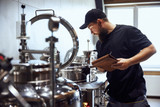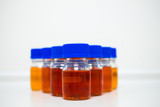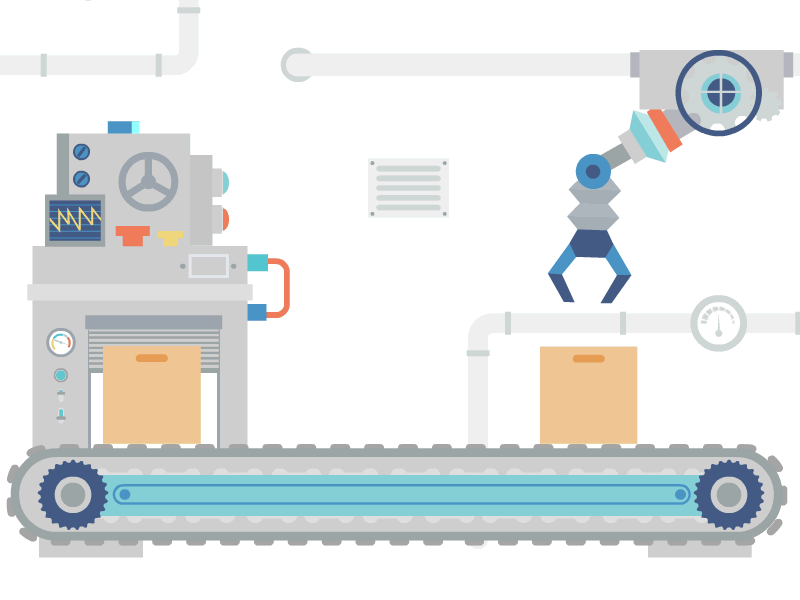Avoid Surprises in Your Beer: How to Prevent and Control Contamination by Lactic Acid Bacteria
Not all the action in your beer happens while the yeast is doing its job: some bacteria manage to survive and, if they succeed, they can change the flavor that the brewers worked so hard to achieve. Although beer is usually quite stable thanks to alcohol, bitter compounds in hops, and low levels of oxygen and nutrients, not all microorganisms give up. Some manage to grow and cause cloudiness, alter acidity, or even generate unwanted substances. Among these unexpected visitors, lactic acid bacteria are the most problematic.
Lactic acid bacteria are facultative anaerobes, capable of converting sugars into acids. This can be especially useful when producing certain foods, but when it comes to brewing, they are the number one enemy. Although there are more than 200 species within this group, Lactobacillus and Pediococcus are the main culprits of microbial contamination in the brewing industry, accounting for 70% of the microbiological contamination.
Both Lactobacillus and Pediococcus cause high turbidity, bring buttery odors and flavors, increased acidity due to the production of diacetic acid, lactic acid, and extracellular polysaccharides, which transform our batch into a non-marketable product, leading to significant losses in the industry and, if microbiological control is not done correctly, a huge impact on the brewery's reputation.
To prevent contamination, the first step is to understand how these unwanted microorganisms enter the system.
- Raw Materials: Ingredients are the primary source of potential contamination. Both grain and hops can introduce unwanted microorganisms. Water, one of the main ingredients in beer production, is sometimes overlooked but can also contaminate our product.
- Equipment and contact surfaces: Lactic acid bacteria do not always reach the beer “accidentally”; they often hide in the brewery's own equipment. Tanks, pipes, pumps, and even surfaces that appear clean can harbor biofilms where these bacteria survive and multiply. Without proper cleaning and disinfection, these LAB can easily be transferred to the wort or finished beer.
- Air: The air in production rooms can be a vehicle for lactic acid bacteria. Dust, air currents, and aerosols can carry these microbes to the wort or beer in process.
- Human factor: Personnel can also be a source of contamination. Hands, clothing, utensils, or any direct contact with equipment or barrels can transfer LAB to the product. Maintaining strict hygiene and cleaning protocols is essential to minimize this risk and protect beer quality.
Although cleanliness is essential, sometimes it is not enough to avoid lactic acid bacteria. That is why culture media are used, which allow contamination to be identified early on and ensure that each batch meets quality standards. At Alpha Biosciences, we offer a range of products specially designed to control lactic acid bacteria in your brewing process.
| Culture Media | Alpha Reference |
|---|---|
|
HLP (Hsu’s Lactobacillus Pediococcus) Medium |
|
|
LMDA (Lee’s Multi-Differential Agar) |
|
|
Lactobacilli MRS Broth (LMRS Broth) |
|
|
Lactobacilli MRS Agar (LMRS Agar) |
If you have questions about how to maintain the microbiological quality of your beer or would like to learn more about our culture media, please don't hesitate to contact us. Our team will be happy to help you choose the best solution for your laboratory or production plant.








